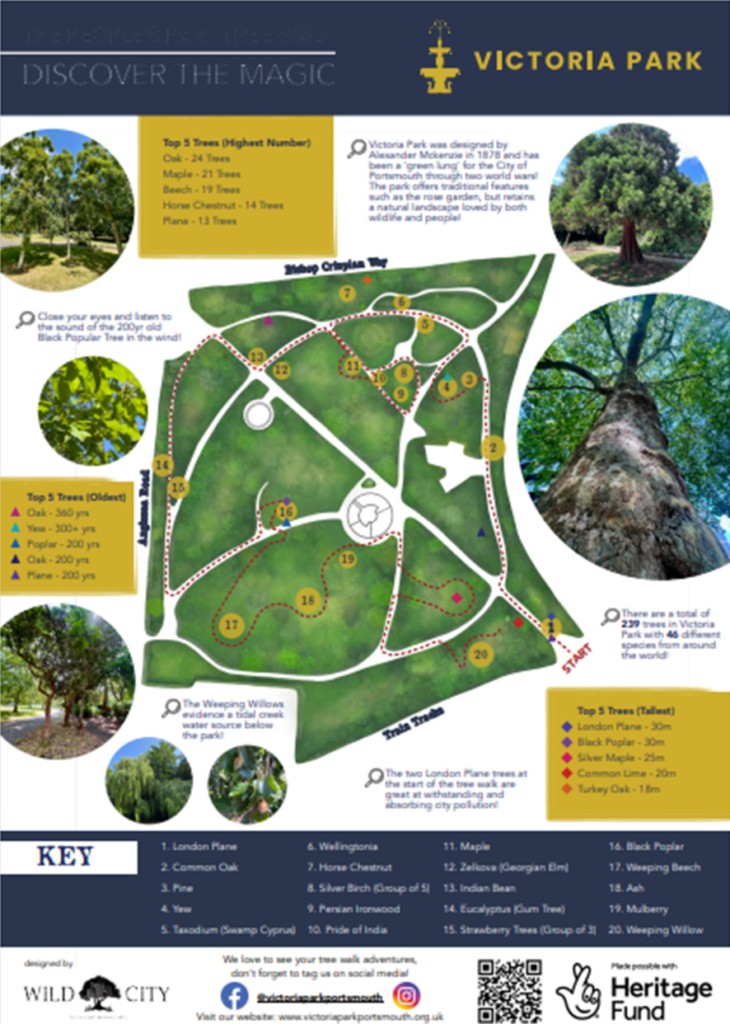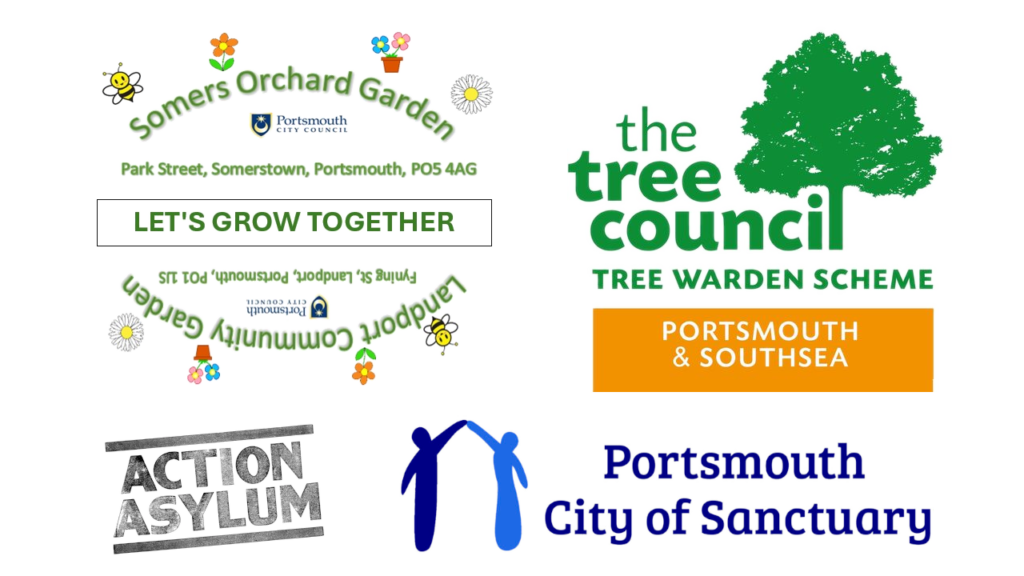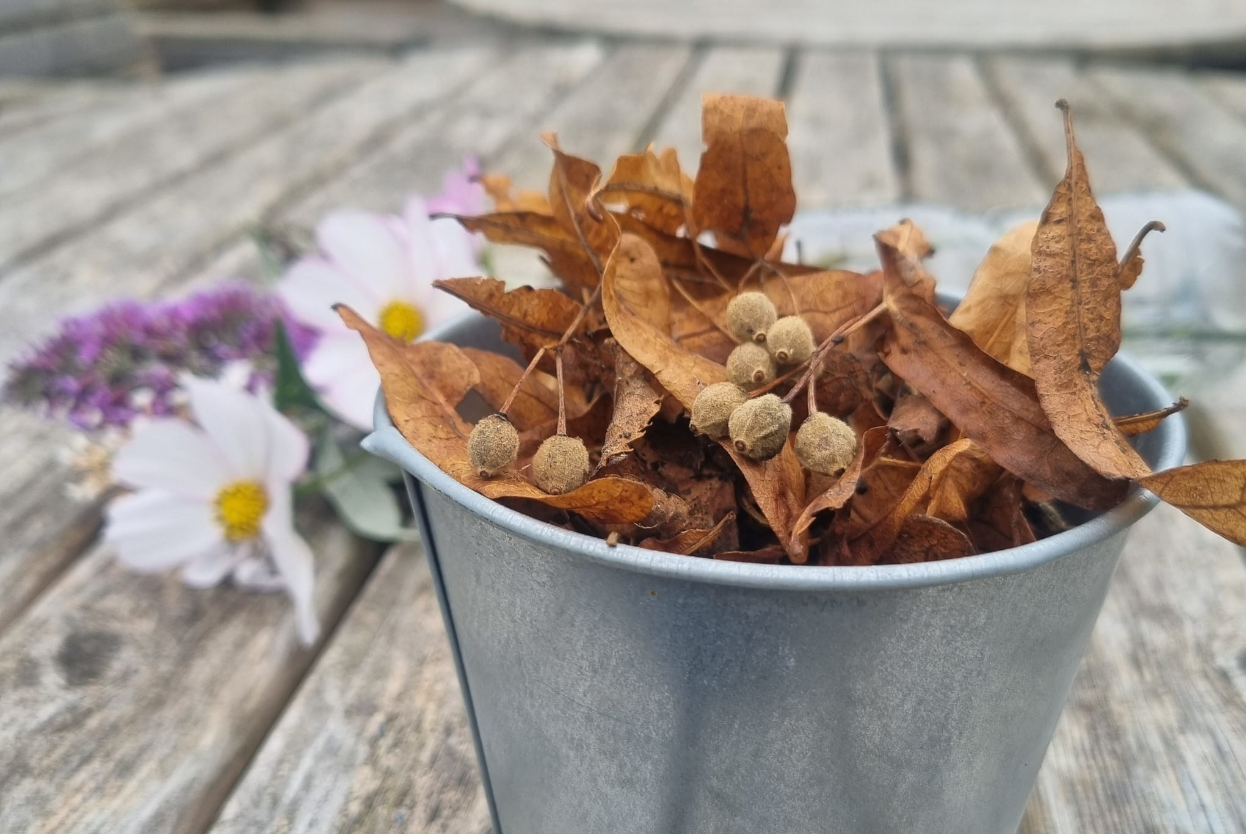By John Ashlin
Last week I stood under a lime tree in Southsea, a magnificent tree which would have been standing there for hundreds of years. I was there collecting its fallen seeds for our Rituals for Earthly Survival project. Under the autumn midday sun I felt moved by this simple act, collecting tiny seeds which hold the potential for new life and future abundance.
Originally, our ‘Rituals’ project was focused on designing a unique immersive experience to conjure up change in the way people think and interact with their environment. We wanted to create a transformative experience which seeks to foster a closer connection between people and nature. However, as we started developing the project, we realised there was an opportunity for fostering other tangible outcomes, like giving visitors to our event the opportunity to sow actual tree seeds and wildflowers which could be planted across the city.
During our immersive event, some of the seeds I gathered that day will start their journey indoors at Treadgolds, in a space where art, ritual, and performance merge, encouraging new ways of thinking about our relationship with the environment. Subsequently, through a unique ritual performance, these seeds will then find their way outdoors, into a community garden space where they will be sown and nurtured over time before being planted as saplings across the city. Importantly, just as these seeds will grow into mature trees, we hope this project will inspire more eco-volunteering to take root in our city.
In recognising the need for practical results, the project has evolved to include not just immersive experiences but also real-world action. We have engaged with local community groups, such as the ‘Portsmouth Tree Wardens’, ‘Treadgolds Community Garden’ and the council’s ‘Somers Orchard Garden’ to design more feasible ways to implement these ideas. While logistical challenges exist, such as managing large-scale seed planting, we have worked with these groups to ensure the project’s vision is both sustainable and impactful.
Through combining an innovative artistic collaboration with ecological action, we hope to foster a deeper connection between people and nature, cultivating a legacy of environmental stewardship in our city. By working alongside local groups and focusing on hands-on environmental activities, Rituals for Earthly Survival aims to inspire reflection and bring about real, tangible change in our community.
Trees in Victoria Park
Victoria Park in Portsmouth is well worth visiting if you are interested in trees. A recent tree survey of the park identified 239 trees, with oaks, maples, beech, and horse chestnuts being the most common. Among the 46 different species, the tallest trees are two plane trees and a poplar, standing at 30 meters, while the oldest is a 360-year-old holm oak. Some exotic species, like the Indian bean and tree of heaven, reflect the Victorian practice of introducing foreign trees to British parks, though these non-native species often support fewer insects compared to native trees like the oak.

You can download a printable map of the trees in the park or you can install an app on your phone that will take you on a walk around the park: Around the World in 20 Trees.
Community partners include Portsmouth City of Sanctuary, Action Asylum, Portsmouth Tree Wardnes, Let’s Grow Together, John Pounds Community Garden.



Leave a Reply